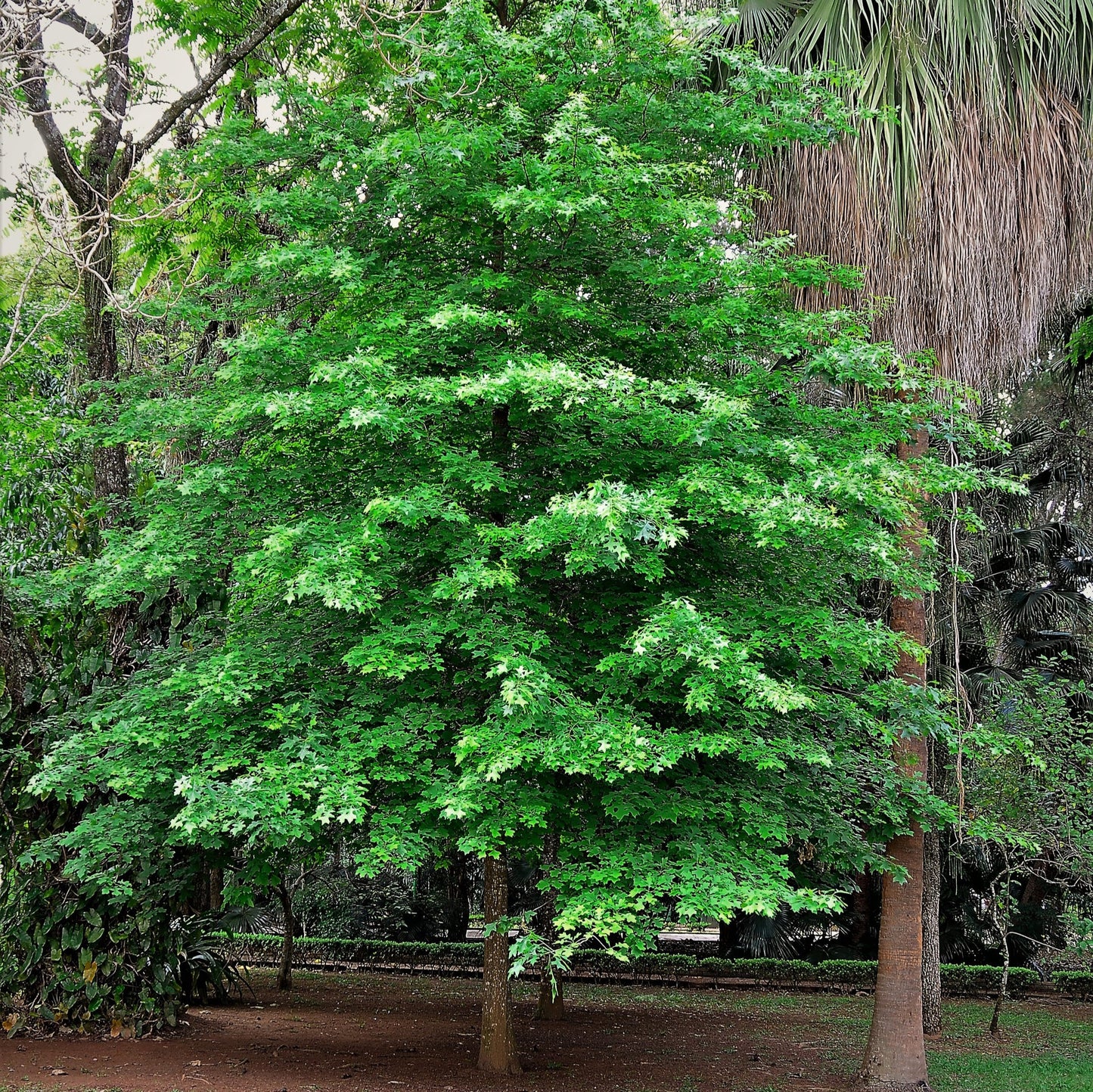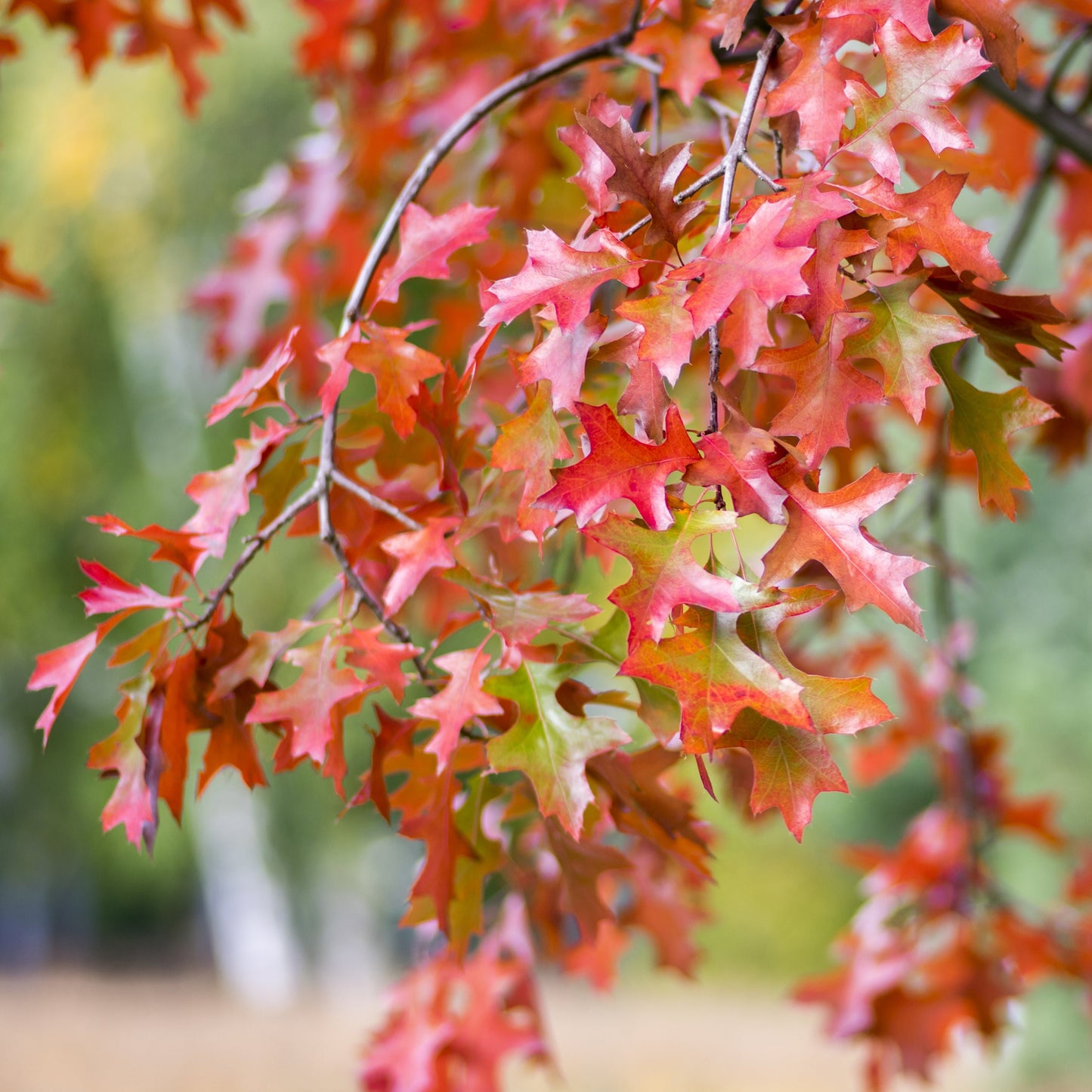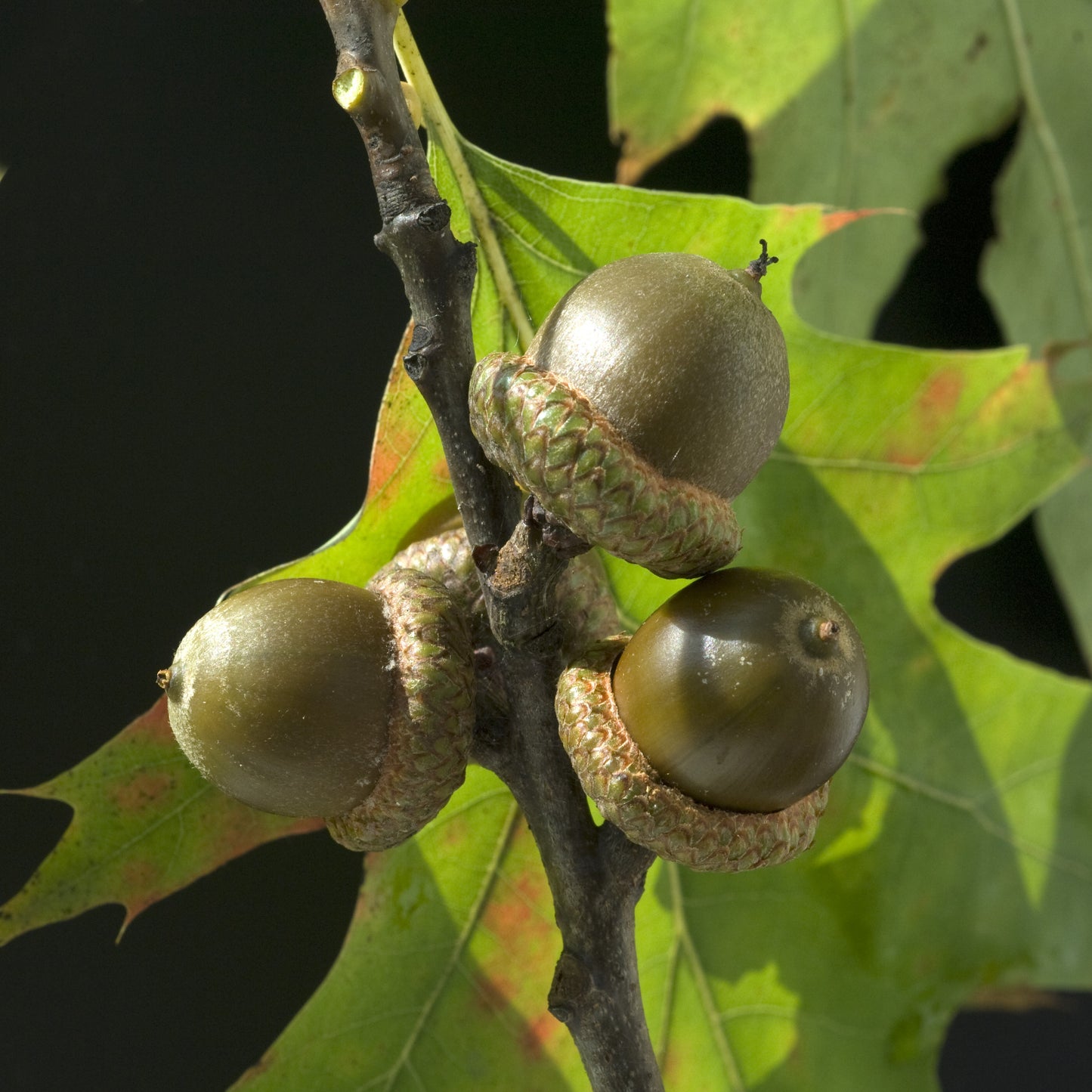Limited Quantities - Reserve Now For Fall
-
Beginner Zones 4-9
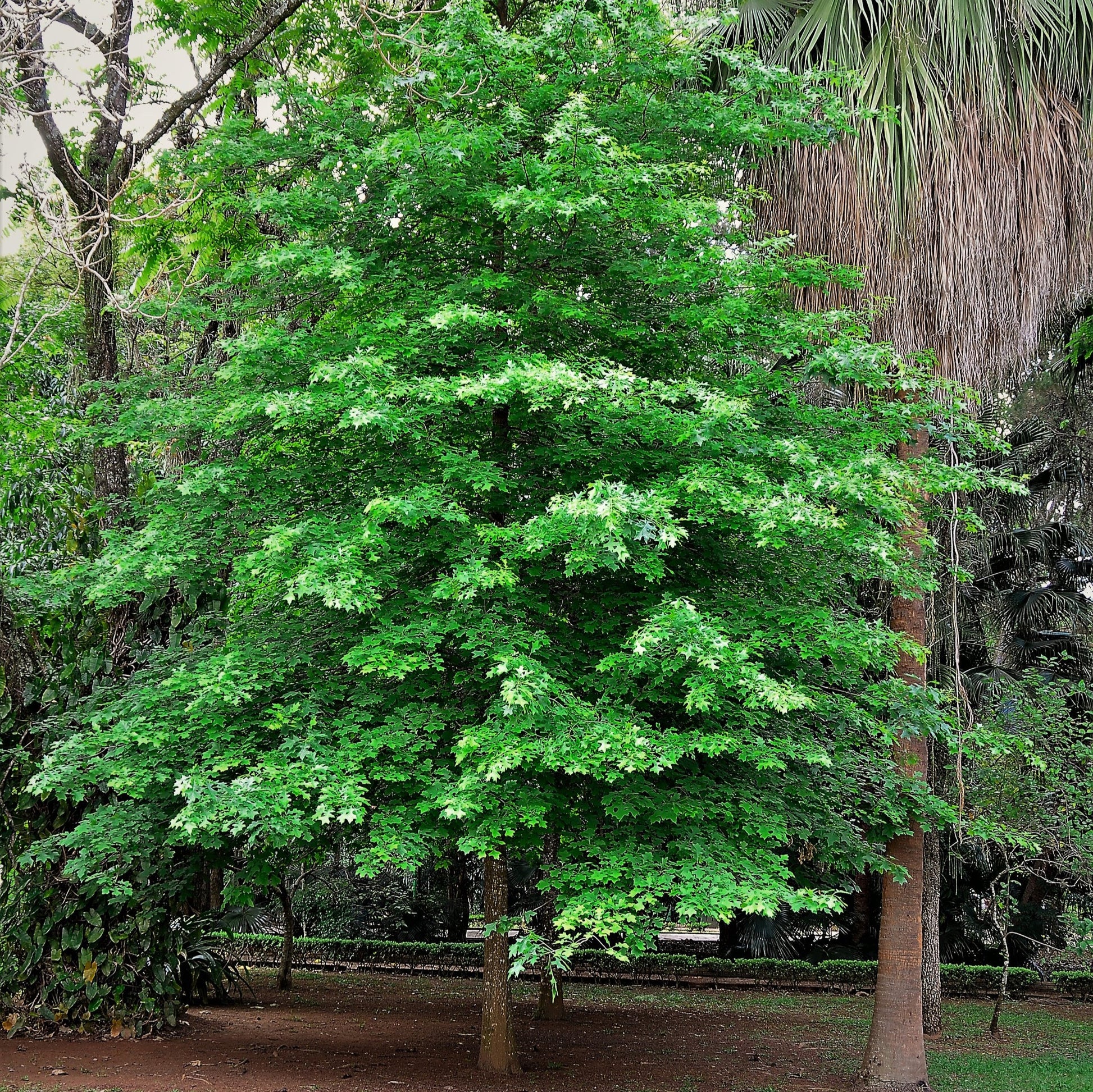
-
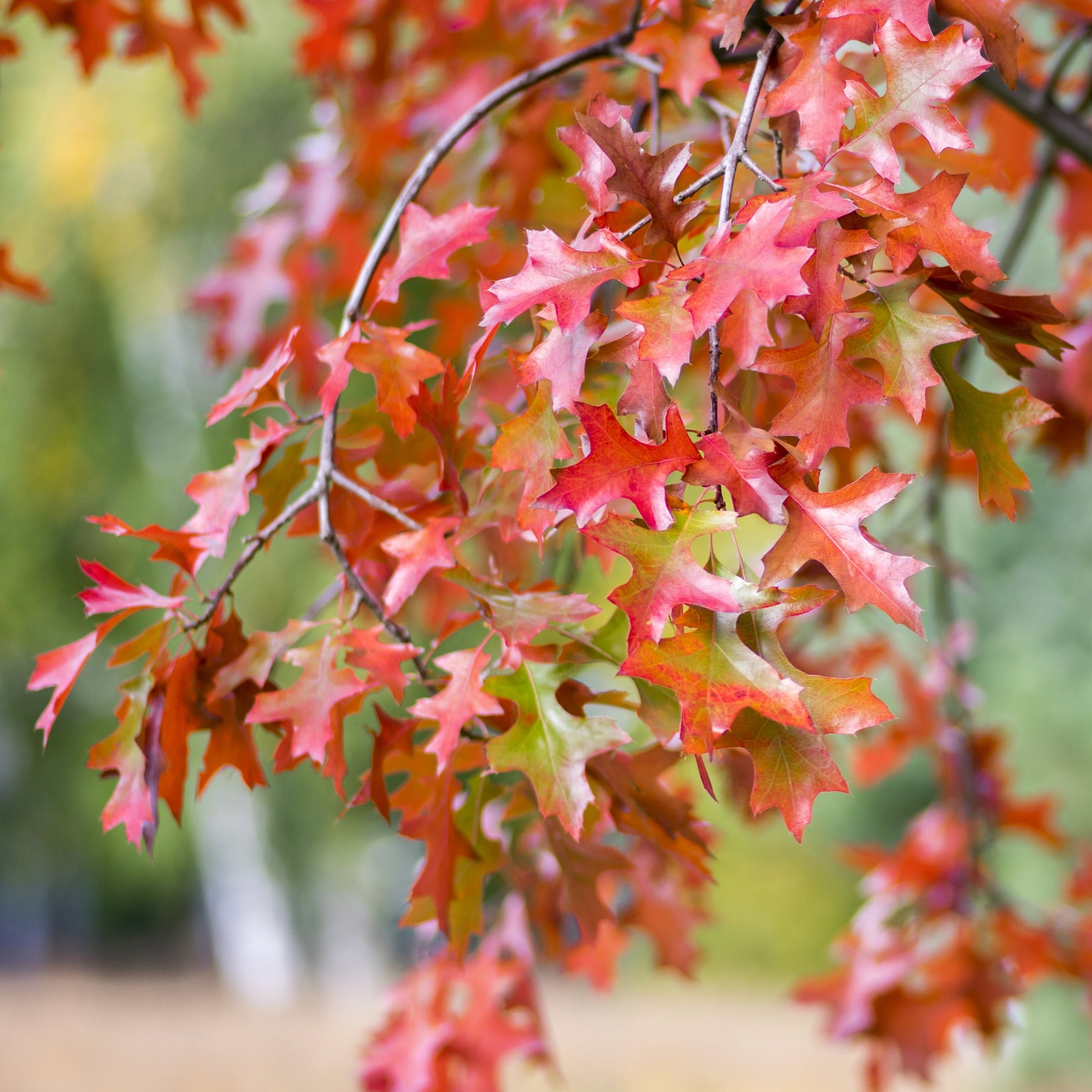
-
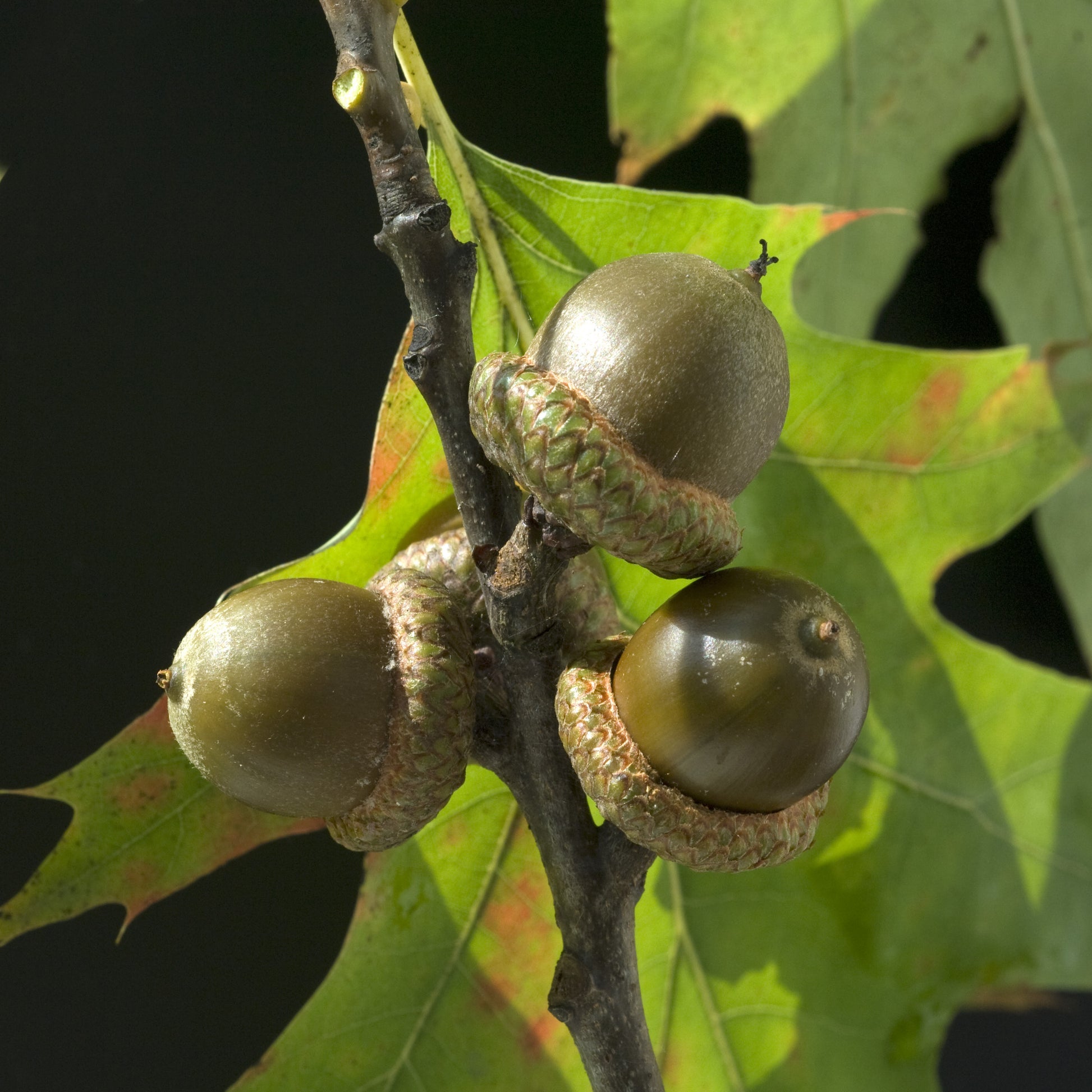
Scarlet Red Oak Tree
Scarlet Red Oak Tree
Couldn't load pickup availability
Quercus Coccinea
The Scarlet Oak Tree is a fast-growing, long-lived deciduous tree prized for its brilliant red fall foliage, strong adaptability, and stately appearance. Native to the eastern United States, this drought-tolerant oak thrives in various soil conditions and is commonly used for shade, ornamental landscaping, and urban planting. With its resistance to pests and diseases, deep root system, and ecological benefits, the Scarlet Oak is a low-maintenance, high-impact addition to any landscape.
Scarlet Oak Tree Overview
| Attribute | Details |
|---|---|
| Variety | Rooted |
| Botanical Name | Quercus coccinea |
| Common Names | Scarlet Oak, Scarlet Oak |
| Mature Height | 60-80 feet |
| Mature Width | 40-50 feet |
| Growth Rate | Moderate to Fast (1.5-3 feet per year) |
| Lifespan | 150-200 years |
| USDA Hardiness Zones | 4-9 |
| Sun Preference | Full sun (6+ hours of direct sunlight) |
| Soil Type | Well-drained, loamy, sandy, or rocky soils |
| Soil pH | Slightly acidic to neutral (5.0-7.0) |
| Water Needs | Low to moderate; drought-tolerant once established |
| Fall Foliage | Deep red to scarlet |
| Wildlife Attraction | Birds, squirrels, deer, pollinators |
| Growth Habit | Upright, oval to pyramidal canopy |
| Self-Pollinating? | Yes |
| Landscape Uses | Shade tree, street tree, urban landscaping, erosion control, wildlife habitat |
| Maintenance Level | Low |
Environmental Benefits
🍂 Brilliant Seasonal Color – Offers one of the most vibrant red autumn displays, adding a striking focal point to landscapes.
🐿️ Wildlife Habitat & Food Source – Produces acorns that feed birds, deer, and small mammals, contributing to local ecosystems.
🌎 Carbon Sequestration & Air Purification – Absorbs carbon dioxide and airborne pollutants, helping improve air quality.
🌱 Drought & Urban Tolerance – Thrives in varied soil types and conditions, making it an excellent choice for cityscapes and challenging environments.
Pros & Cons
| Pros | Cons |
|---|---|
| Fast-growing and provides excellent shade | Requires ample space to grow due to its large canopy |
| Brilliant red foliage adds stunning fall color | Acorns can create litter in yards or walkways |
| Highly adaptable to different soils and climates | May require occasional pruning to maintain shape |
| Drought-tolerant and urban-friendly | Prefers acidic soil and may struggle in alkaline conditions |
| Long lifespan and strong disease resistance | Not ideal for small yards due to its large size |
Planting & Care Guide (Bare Root)
- Spacing: Plant 40-50 feet apart to allow for full canopy development
- Soaking: Soak bare root in water for 6-12 hours before planting
- Planting Depth: Dig a hole twice the width of the root system, ensuring roots are level with the soil surface
- Mulching: Apply a 2-3 inch layer of mulch to retain moisture and suppress weeds
- Pruning: Prune in late winter to early spring to shape the tree and remove dead branches
- Fertilization: Apply a slow-release fertilizer in early spring to encourage strong growth
- Watering: Water regularly during the first year, then reduce as the tree matures
The Scarlet Oak Tree is a stunning, fast-growing, and environmentally beneficial tree that provides shade, vibrant seasonal color, and wildlife habitat. Whether planted as a shade tree, street tree, or in large landscapes, this resilient and low-maintenance oak is an excellent choice for homeowners and urban planners alike.
Share
